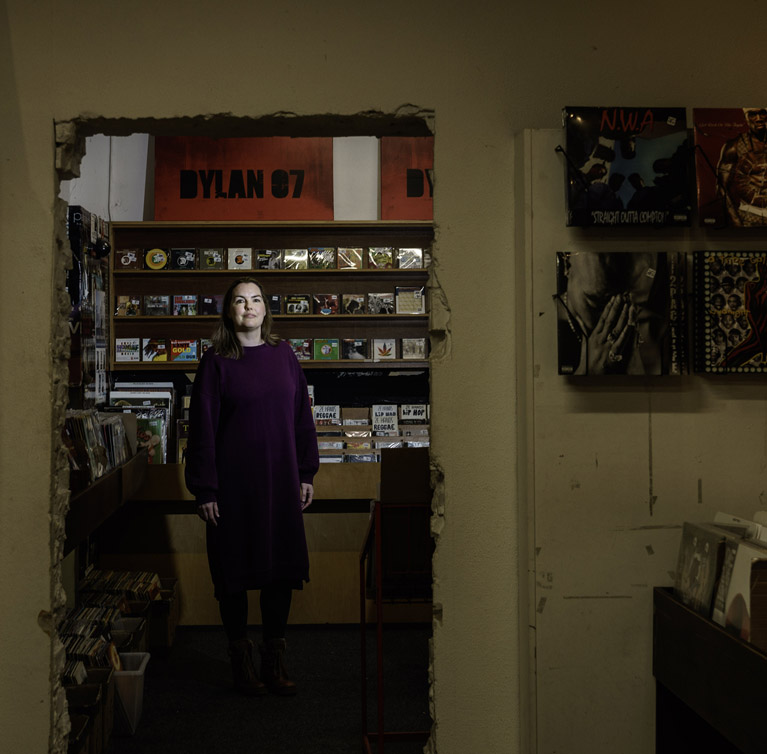
ThebreakthroughLeonieke Bolderman
Playlists as a source of research
She was putting together a playlist for a trip to Slovenia when it hit her: this was the solution. Leonieke Bolderman, assistant professor of cultural geography, wanted to better understand why people visit certain places because they are associated with music. But for the longest time, she couldn’t figure out where to start.
‘With film tourism, it’s usually pretty clear why people visit certain places’, says Bolderman. ‘They want to see the place that was on their screens.’ Many people visited New Zealand because of The Lord of the Rings, or Dubrovnik, in Croatia, after watching Game of Thrones.
But there isn’t an obvious link like that when it comes to music. ‘Sound is just vibrating air, while tourism at its heart is a visual experience. How do you know where to go to experience the music, and how does something like music tourism even exist?’
ABBA tourism
First, she followed in the footsteps of music tourists and visited places connected to musicians. ‘I studied ABBA tourism in Stockholm, Wagner tourism in Bayreuth in Germany, and US tourism in Dublin, where I spoke to the tourists. That was a fun study.’
But it didn’t give Bolderman what she was looking for. ‘It didn’t answer the question of how music stimulates how people imagine their holiday spots. I hadn’t yet figured out what place people imagine when they’re listening to music.’
But the penny finally dropped when she was working on her own playlist. ‘I was focused on putting the list together and thinking of all the places I’d visit’, she says. ‘Then it hit me: this is the perfect way to start a conversation.’
Musical preview
She immediately tried out her theory on a friend, who’d made a playlist for a car vacation. ‘He bought a cheap car to fix up and drive a specific route. One of the songs made him envision himself driving through the country with his arm out the window and the warm wind on his face. It gave him a very clear image of where he was at the time.’
People tend to form an image in their mind of a place based on the music that’s linked to it, she realised. They’ll think of things that happened in the composer or artist’s life, the location the music was produced, the album cover, or the music’s rhythm and the instruments that were used.
‘It’s like a little musical preview, something to look forward to’, says Bolderman. ‘Once you get to that place, you form a new image. That then adds another layer to the music.’
Bolderman experienced this herself with the song Cold Little Heart, by Michael Kiwanuka. ‘I know the song from the series Big Little Lies, which is set in California. When I lived in the US, I went to California and visited a few places from the show. Now, the song no longer represents Big Little Lies as much as it does my own travels through America.’
Follow-up study
Bolderman is currently researching what her theory on music experience means for the development of music tourism and the role of arts and culture in society. ‘I lived in Detroit for a year’, she says. ‘That city has been through so much. One of the ways they got back on their feet was to figure out what they might do with their musical legacy, like the Motown record company. There’s so much potential there.’
She also wants to know if music and media tourism can play a role in the northern provinces. She’s looking for a PhD candidate for this research. ‘Up here we have Welcome to the Village, Eurosonic, and a host of other festivals. But what’s the image of the North that people are trying to sell? I’m still so interested in that.’